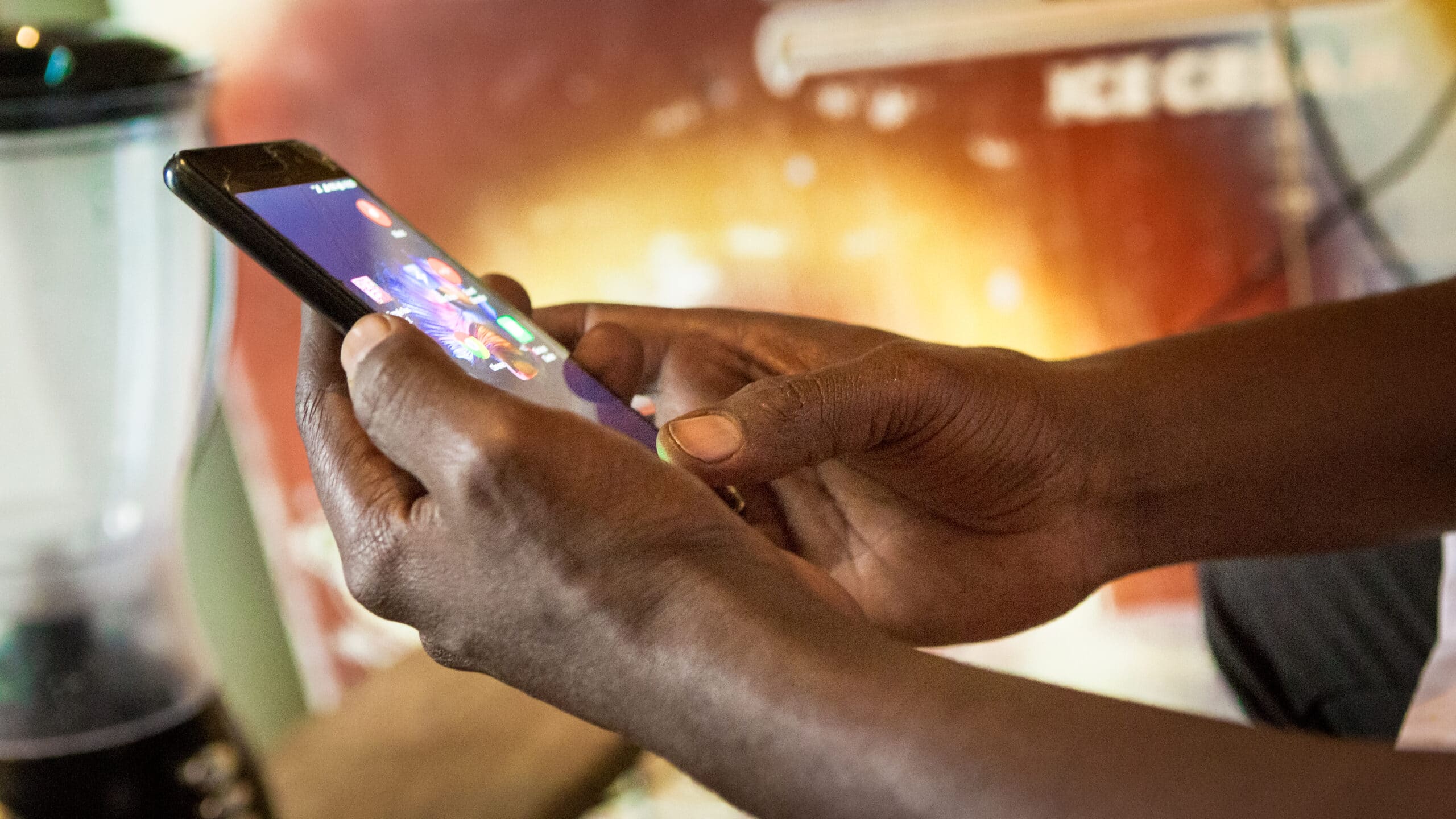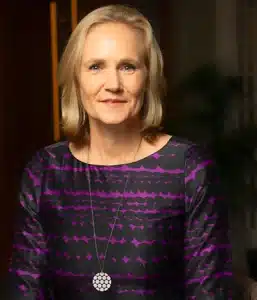The small bundles of cash loved ones send home might not seem much, but their impact on lives and economies is significant. For families, these regular lifelines help pay for health, education and living expenses. And, as more and more people go abroad to work, remittances have grown to become a significant part of the sub-Saharan African economy, making up 4.3 per cent of the continent’s gross domestic product. To put this in money terms, in 2017, sub-Saharan Africa received $42 billion in foreign direct investment and $25 billion in aid, compared to $42 billion in remittances.
With most remittances being sent from the UK in cash there is a strong drive to use technology to address some of the main challenges. This makes sense, with many online remittance providers offering transparency, security and convenience at significantly lower prices.
Recent focus group research, ‘Moving Money and Mindsets’, indicated that in 2016, 90 per cent of remittances sent by the research participants from the UK were being paid in cash at an agent. Two years later, half of the participants had moved to an online remittance service. Whilst not nationally representative, the groups demonstrate that people are changing the way they send cash home.
This is encouraging. Yet, despite the pricing and efficiency benefits, there are still challenges that digital money transfer operators need to overcome such as: A lack of understanding, problems with registering for a service, scepticism about online services and a lack of personal interaction with the sender. All of these issues could be summed up by one word: Trust. Trusted cash pay-out networks, trusted brands and trusted service. It’s human nature: When you are sending your hard-earned cash – trust matters.
Many traditional cash-based services that people use to send money home are known and trusted; they are established and have a track-record of delivering. Building trust takes sustained, consistent effort over a long period of time. It means getting it right every time.
Moving people to use digital services is not purely down to the actions of money transfer services. Authorities have responsibilities too. An important step is to provide some of the basic infrastructure that is still lacking in some countries. When sending money to countries like the Democratic Republic of the Congo and Sierra Leone, people use cash as there are limited digital alternatives for receiving remittances, especially in rural areas. Most people in these countries still don’t have access to bank accounts or mobile money.
But providing basic infrastructure is not the only step: We also need to build trust in the system. A good example of how to do this is M-pesa in Kenya. Part of M-pesa’s success can be attributed to the focus on gaining the trust of consumers from day one, beginning with domestic transactions and now used for receipt of international remittances. Leveraging the Safaricom brand, training agents to provide a consistent customer experience, and ensuring there was transparency around transactions gave people confidence to try the system. Today it is hard to remember how we transacted without it.
Through investments in marketing and infrastructure, the same could be the case for online remittances. We have the tools to help make sending money home cheaper and easier, now is the time to invest in building trust to get people to use them. One approach could be identifying a group of influencers within migrant circles to communicate the benefits – convenience, safety, and cost – of using online services.
Just as M-pesa transformed the way we transact; digital tools have the potential to change the way people send money home. Building trust is mission critical when it comes to unlocking the full potential of the remittance economy. A penny saved is a penny earned, by making it cheaper to send money home we can make the impact of the penny go further.
originally published in The East African, 1 Jun 2019
,





